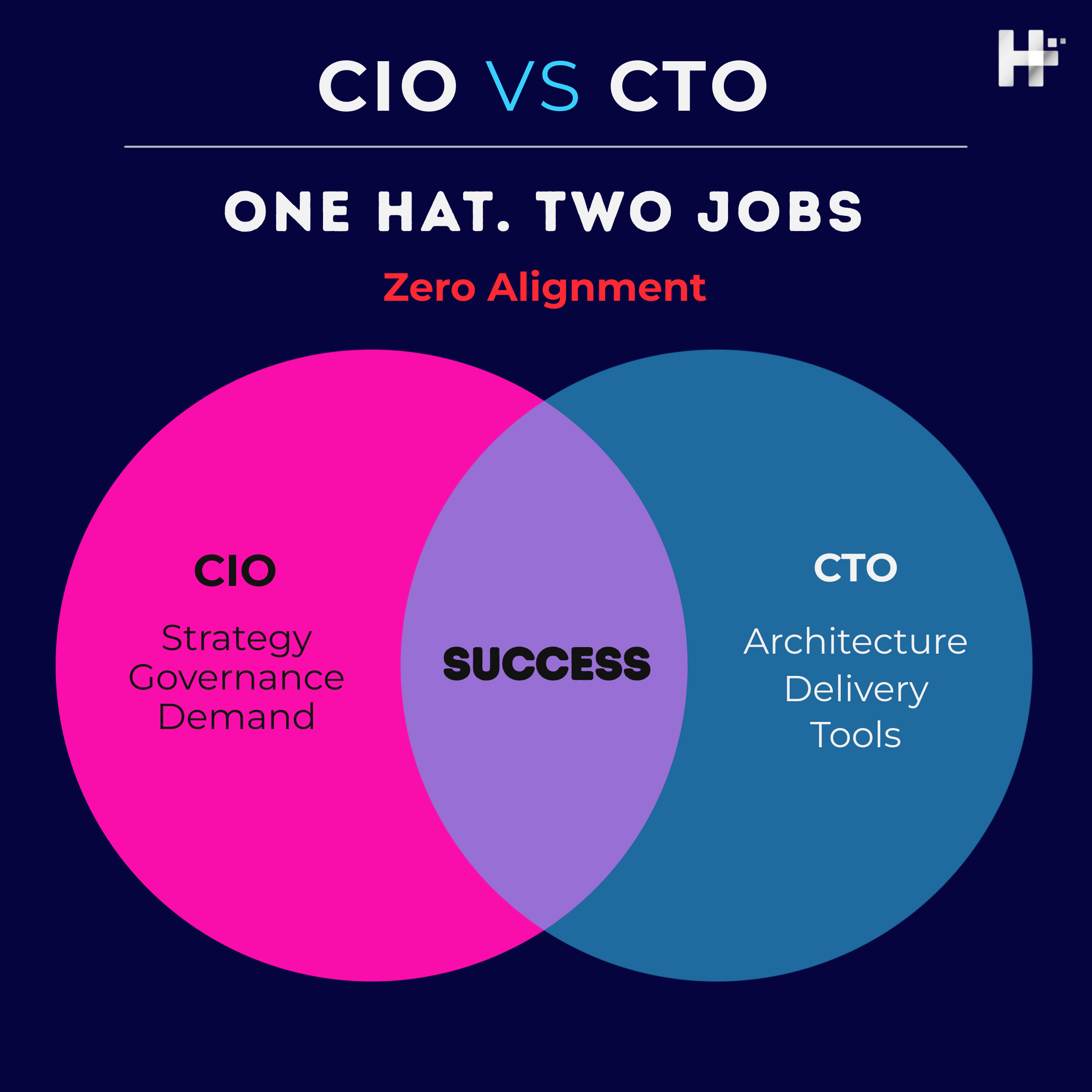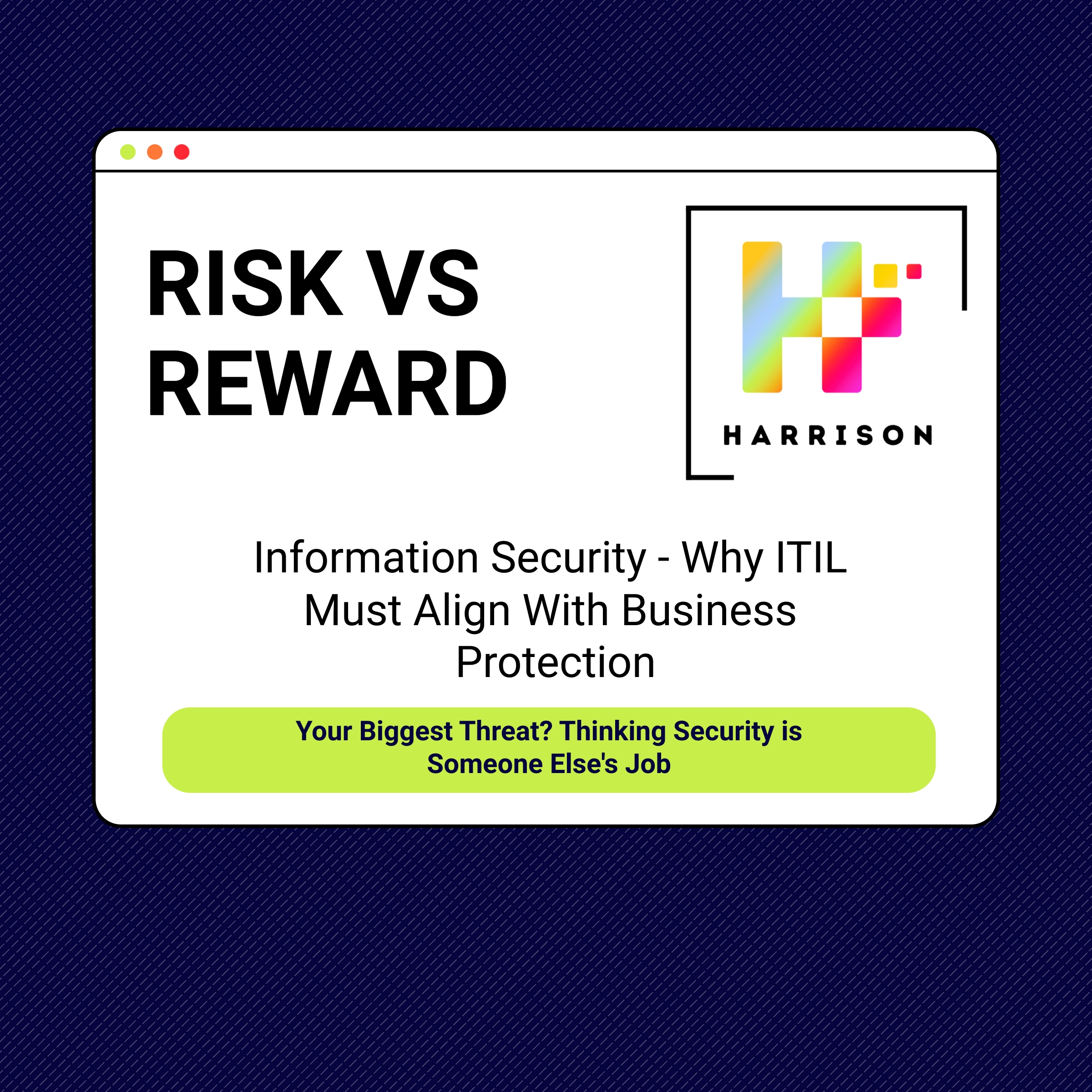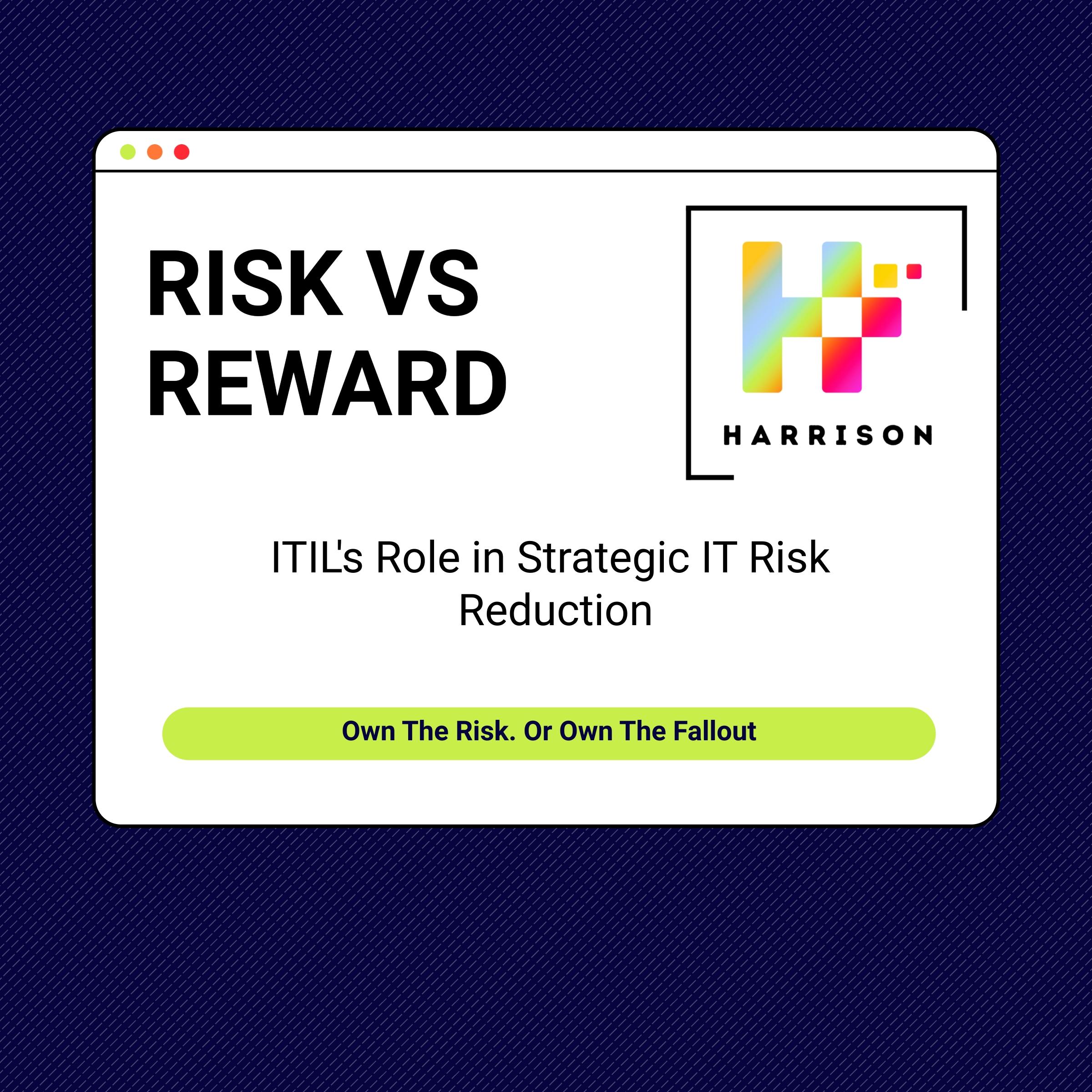Event Management in Chaos and Control: The Most Misunderstood ITIL Practice
“We had monitoring.”
“We saw the alert.”
“Nobody did anything.”
How often have those words echoed through war rooms, post-mortems, or CIO reviews? The failure wasn’t the tools. It wasn’t the data. It was the complete breakdown of Event Management—one of the most misunderstood and under-executed ITIL practice in modern enterprise IT.
In a world overflowing with observability platforms, AIOps, and dashboards, it’s not a lack of signals that plagues enterprises—it’s the lack of structure to act on them
That’s the job of Event Management. And if you’re not doing it with purpose, you’re not really doing it at all.
What ITIL Event Management Should Look Like
Let’s paint the picture of perfection. In a mature, high-functioning environment:
- Events are meaningful. Telemetry is filtered, enriched, and understood in business context.
- Ownership is defined. Alerts automatically route to the right team with context, priority, and next steps.
- Correlated views exist. A single business issue triggers one incident—not 867 disconnected alerts across 5 tools.
- Event lifecycles are tracked. From detection to closure, every step is auditable and measured.
- People trust the system. The signal-to-noise ratio is high, and the response is fast.
Event Management isn’t a dashboard. It’s not a NOC. It’s a structured, repeatable, and largely automated practice that turns telemetry into trust.
What It Usually Looks Like (and Why It Fails)
Here’s the more common scenario. You might recognise it.
- Thousands of alerts. Every system, every spike, every blip throws an event.
- No correlation. Alerts pile up in email inboxes, ITSM tools or Slack channels, unlinked and unactioned.
- No ownership. Everyone sees it. No one owns it.
- Triage in chaos. Teams manually sift through logs under pressure, hours too late.
- Trust is gone. Leadership no longer believes in IT’s ability to respond proactively.
This isn’t just inefficiency—it’s danger. Customers are impacted. Costs balloon. Teams burn out. And all the while, IT leaders keep buying tools, not fixing capabilities.
The Disconnect: Observability ≠ Event Management
Here’s the truth bomb: observability is not Event Management.
Observability gives you data. ITIL Event Management turns that data into action. When enterprises confuse the two, they end up with stunning dashboards and catastrophic outages.
Too many organisations treat observability as an endgame. It’s not. It’s just the start. The moment telemetry enters your ecosystem, Event Management must take over—filtering, correlating, prioritising, escalating.
If observability is the nervous system, Event Management is the brain. Without it, your digital body just spasms in place.
Why This Matters Now More Than Ever
Modern IT isn’t just complex—it’s interconnected. A single anomaly in a containerised app can ripple across APIs, integrations, cloud networks, and user experience in minutes. In this reality:
- Speed matters.
- Context matters.
- Process matters.
CIOs who don’t elevate Event Management are leaving their teams unarmed in a digital warzone.
Where to Start: Five Tough Questions That Separate Control from Chaos
Event Management isn’t a checkbox on an audit spreadsheet—it’s a living, breathing capability that either saves your bacon or ruins your weekend. Want to know if yours is working? Ask yourself (and your leadership team) these five uncomfortable questions.
We’ll walk you through each one—with examples of how it should work… and how it usually does.
1. Do we have a defined Event Management process in our ITSM model—or just hope?
The Dysfunction:
Most organisations can’t even find their Event Management process in their service catalogue, or even documented on SharePoint—because it either doesn’t exist, or it’s just a vague paragraph buried in a dusty PDF. There’s no consistent flow from event detection to triage to resolution. Every incident is a snowflake, and every response is a gamble.
The Ideal:
You have a documented, regularly reviewed Event Management practice. It defines:
- Event types (informational, warning, exception)
- Detection methods (tools, logs, synthetic monitoring)
- Escalation paths
- Integration with Incident and Problem Management
Better yet, your service desk and operations teams are trained on it—and use it daily. It’s embedded in ways of working and Org Design, not just theory.
Your Checkpoint:
➡️ Can you walk into your next Service Op’s meeting and pull up a current Event Management process that aligns with your actual workflows?
2. Who owns events from detection to resolution?
The Dysfunction:
“No idea who’s on call. Let’s Slack everyone.”
This is the chaos state—alerts fly out, fingers get pointed, and nobody owns the outcome. Event resolution depends on tribal knowledge and the hero of the week.
The Ideal:
Every event type and business service has an owner. You’ve got:
- A well-maintained RACI model
- Auto-routing of events to the right support group all underpinned by SLA’s and OLA’s
- Escalation logic built into the ITSM platform
- Clear roles during major incidents (Incident Commander, Tech Lead, Comms Lead)
This isn’t just about faster triage—it’s about psychological safety and accountability.
Your Checkpoint:
➡️ When the next P1 hits, will the right person be notified in seconds—or will your Slack turn into a digital shouting match?
3. Are our events tied to services and business impact—or just infrastructure noise?
The Dysfunction:
“CPU spike on Server-249A.” lovely story. But is that powering an e-commerce checkout, or a dev environment no one uses? Without context, your teams either underreact or overreact—and users pay the price, every time.
The Ideal:
Events are tied to business services and processes, not just components. You’ve invested in:
- Service mapping (CMDB + observability integration)
- Event enrichment with business impact tags
- Prioritisation logic based on customer experience risk
This transforms your triage model from “what is broken?” to “who is affected and how badly?”
Your Checkpoint:
➡️ Do your alerts show technical symptoms—or business consequences?
4. Do we correlate events and auto-generate incidents—or drown in duplicate noise?
The Dysfunction:
One root issue throws off 379 alerts across 5 tools—and each one creates a separate ticket. Service desk analysts manually close 378, while real users rage on Twitter.
The Ideal:
You’re using:
- Event correlation (AIOps, topology maps, or rule engines)
- Deduplication logic (group similar alerts)
- Auto-incident creation with rich context
- One incident per root cause, even if multiple alerts fire
And your analysts? They’re not buried in noise. They’re solving problems that matter.
Your Checkpoint:
➡️ How many of your tickets last month were alert spam? And how many were linked to real, impactful one off events?
5. Can we measure and report on the full event lifecycle—from detection to resolution?
The Dysfunction:
No one knows how long it takes to detect, triage, or resolve events. Metrics are stitched together manually. Every outage leads to a political blame game instead of a data-driven improvement.
The Ideal:
You have dashboards tracking:
- Time to detect (MTTD)
- Time to acknowledge
- Time to resolve (MTTR)
- SLA/OLA adherence
- Volume trends by service/component
These metrics feed back into continual service improvement. They also arm you with ammunition in exec reviews, proving the value of your command and control function.
Your Checkpoint:
➡️ Can your CIO see—right now—how quickly IT detects and resolves issues across services?
If These Hurt to Read, Good. They Should.
These aren’t theoretical best practices—they’re survival skills. If you’re not asking these questions, and more importantly, answering them with confidence, you’re operating in the dark.
Fixing this isn’t about buying the next shiny observability platform. It’s about owning Event Management as a strategic capability—not a side effect of tooling.
Your Event Management is Your Control Tower—Treat It Like One
A modern Command and Control Centre isn’t built on blinking lights. It’s built on trust, clarity, automation, and purpose. Event Management isn’t just one part of that—it’s the engine.
Done right, it’s your early warning system, your auto-responder, your first line of defence. Done wrong—or ignored altogether—and you’re just watching your house burn down in high-definition.
At Harrison James IT, we specialise in building Event Management practices that actually work. We’ve helped enterprise clients move from chaos to clarity by designing Event Management strategies that align ITIL best practices with modern tooling and real business outcomes.
Curious what that looks like?
Explore our client case studies to see Event Management done right—and contact us today at https://harrisonjamesit.com/contact/ to start building yours.
Follow us
Latest articles
October 19, 2025
October 19, 2025
October 19, 2025
October 19, 2025
October 19, 2025
October 19, 2025








